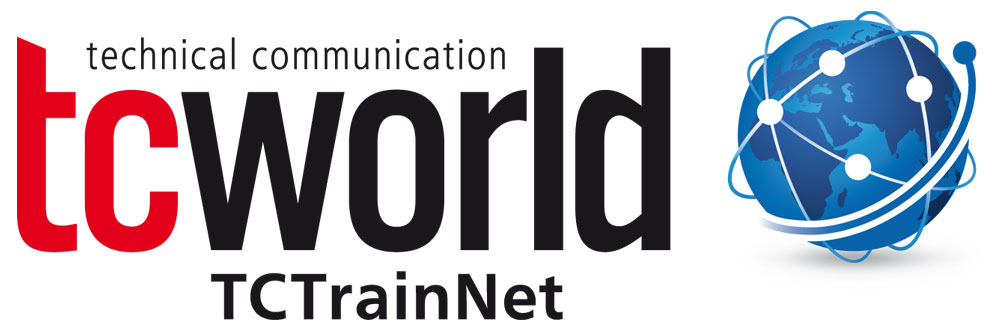Information must be available in a form that is easy to receive. On the other hand, efficient preparation of the information is necessary in order to consider economic as well as organizational interests. Both succeed using the uniform structures and description patterns of the standardization method Information Design.
At the highest structure level, you determine whether a task, product, or user-oriented structure is used, depending on the product and the target group. Furthermore, it must be determined whether general information is arranged before concrete information, or vice versa. In order to obtain a cognitive structure of the chapters that also satisfies didactic requirements, priority will be given to "general" before "concrete".
A further component is elementary structuring elements, the regular application of which promotes the effective reusability of information and increases reading efficiency:
Information classes are used to classify information with similar content and target groups, with the appearance of each class following a special but simply structured layout.
Key sections with their own key headings divide an information class into five to nine sections, in a fixed order. They offer a target group-oriented range of information, which can be e.g. use case, conditions, restrictions, expiration, result etc.
Finally, at the sentence level, individual text elements define standardized formulations and provide guidelines for typographical design, e.g. for lists. This ensemble is supplemented by a series of sections with their own symbols, which are preceded by symbols instead of a heading. They contain, for example, warnings, examples, notes and recommendations.



